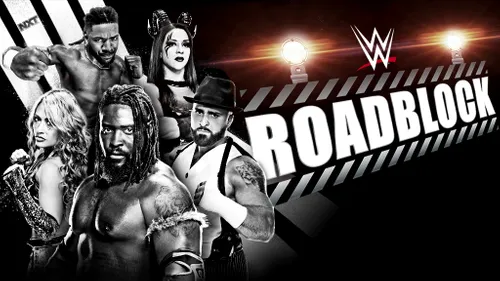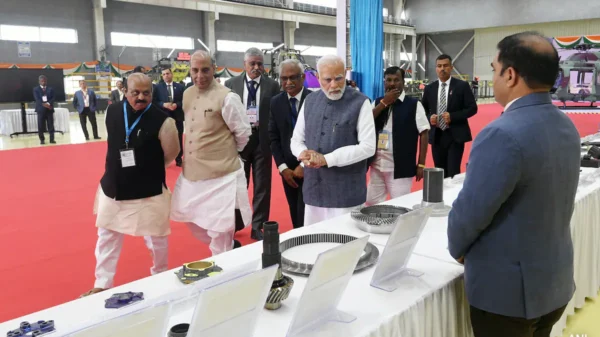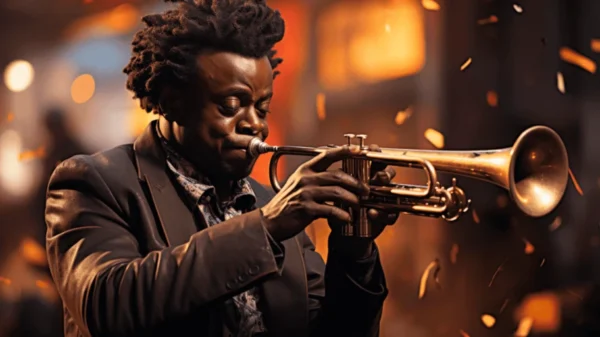Soundtrack Sensations: Unveiling the Melodic Tapestry of Film and Television
Music has been an intrinsic part of the cinematic experience since the early days of silent films, where live piano or orchestral accompaniments enhanced storytelling. Over the years, soundtracks have evolved into powerful tools, contributing significantly to the emotional depth and impact of film and television.
The Power of Soundtracks: Enhancing Cinematic Moments
Soundtracks possess the extraordinary ability to elevate scenes, making them unforgettable and emotionally resonant. They set the tone, convey time periods, and illuminate the inner thoughts and emotions of characters. A well-crafted soundtrack can linger in our minds, creating a lasting impression that extends beyond the credits.
Evolution of Soundtracks: From Classical to Contemporary
The evolution of soundtracks mirrors changing trends in both music and storytelling. Initially, classical compositions accompanied films, but as the film industry progressed, genres like jazz, blues, and rock ‘n’ roll found their place, injecting a contemporary flair into narratives.
Recent years have witnessed a resurgence of interest in original scores composed expressly for films and TV shows. Composed by talents like Hans Zimmer and John Williams, these scores contribute significantly to the emotional resonance of a scene, becoming iconic in their own right.
Popular Music’s Role in Soundtracks: From Elvis to Streaming Hits
In addition to original scores, popular music has found a significant place in soundtracks. Elvis Presley’s songs in “Jailhouse Rock” marked the early integration of popular hits, while modern shows like “Stranger Things” and “Black Mirror” seamlessly incorporate popular hits to create specific atmospheres and evoke particular emotions.
Certain soundtracks have transcended their cinematic origins to become cultural phenomena. The 1984 film “Footloose” boasted a soundtrack featuring hits like “Footloose” by Kenny Loggins, proving that a well-curated soundtrack can not only enhance a film but also produce chart-topping hits.
Exploring New Frontiers: Soundtracks in the Streaming Era
With the advent of streaming platforms and binge-watching culture, soundtracks have taken on an expanded role. TV shows now curate diverse music, featuring indie artists and iconic classics. Soundtracks have become a gateway to discovering new music, fostering a deeper connection between the audience and the storyline.
Licensed music in soundtracks has become more prevalent, creating a symbiotic relationship between artists and visual media. This collaboration opens new avenues for exposure and reach, benefiting both the music and film industries.
The Future Soundscape: Technological Advancements and Beyond
As technology advances, soundtracks continue to evolve. From immersive sound design to interactive experiences, they push the boundaries of storytelling. With the growing demand for original content, composers and music supervisors play a pivotal role in crafting unique and memorable soundtracks sensations that captivate audiences.
Conclusion: The Unending Symphony of Soundtracks
Soundtracks have journeyed far from the silent film era, becoming an indispensable part of the film and television industry. From classical compositions to popular hits, they remain a powerful tool for enhancing the cinematic experience. As music and storytelling continue to evolve, soundtracks will undoubtedly maintain their vital role in storytelling. So, the next time you watch a film or indulge in a TV series, pay attention to the music—it might just add a new layer of magic to your viewing experience.

































